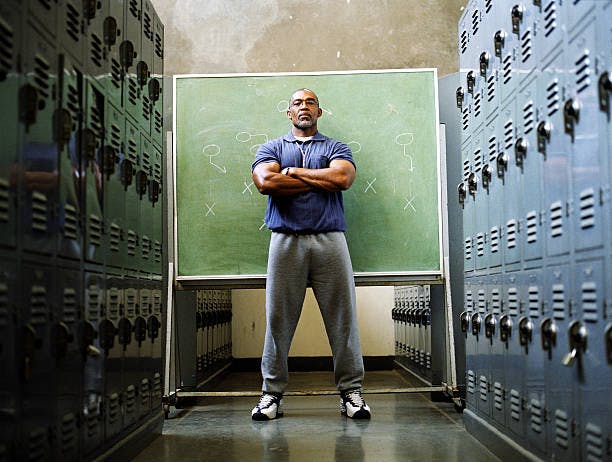Featured courses
- Lessons from the Positive Coaching Alliance by Neil Brown
- Sports Participation Rate Bar Chart by CoachTube
- 3 Lessons Every Young Coach Learns by Trevor Strong
- The Ultimate Guide for Coach and Player Communication by Alli Williams
- The 5 Traits of a Mentally Tough Athlete by Alli Williams
- IT’S COACHING MOMENTS LIKE THESE THAT CHANGE A KID’S LIFE by Jacob
- Huge Takeaways for You and Your Child from 3 Top College Coaches by Janis Meredith

Lessons from the Positive Coaching Alliance
- By Neil Brown
As the coaching profession has matured and grown, a growing number of voices have also emerged on the scene, offering advice on how to properly coach today’s young athlete. With so many “experts” claiming to know “what works,” it is sometimes difficult to discern sound advice. Training coaches has become a large-scale enterprise, with organizations such as the American Sport Education Program, the National Youth Sports Coaches Association and the Positive Coaching Alliance in the forefront.
In 2013, the President’s Council on Fitness, Sports, and Nutrition published a major work titled, “Effective Education and Development of Youth Sports Coaches.” In the study, it was noted that “only 5 to 10 percent of youth sport coaches receive any relevant training.” At the high school level the numbers are slightly higher, but most high school coaches essentially use their experience in the classroom out on the playing field.
How are we learningning
What this study and others are concerned with are how and what coaches learn, since it is that knowledge that they subsequently impart to their players. High school tennis players are no different from other athletes in that their goal is to win. But when we look deeper at the research, we find that many young athletes participate in sports for a variety of reasons, including “learning physical skills, developing an appreciation of fitness, and having a sense of belonging.”
This study by Ryan Hedstrom and Daniel Gould of the Institute for the Study of Youth Sports was one of many which concluded that, on the fundamental level, young athletes’ greatest interests are to participate and to have fun.
But since we know that 70 percent of all young athletes drop out of sports by the age of 15, it is safe to assume that their needs and wants are not being met.
Well, what are the “coaches’ training” programs saying about this? The Positive Coaching Alliance, founded in 1998 at Stanford University with legendary coach Phil Jackson as its leading spokesman, has been perhaps the most outspoken and aggressive champion for changing the perception of coaches with respect to their role and goals. They’ve worked tirelessly to influence high school and youth coaches to expand their understanding of what it means to win.
At the heart of PCA thinking is the belief that all coaches should be “double goal coaches,” with the teaching of life lessons as important a component of winning as the final score. These life lessons are the values, behaviors and habits that your players will take with them to work, to family, and to their relationships.
Sportsmanship & Encouragementment
The PCA believes that players must always honor the game by demonstrating sportsmanship, that they must be encouraged to learn from their mistakes, that effort should be praised, and that showing appreciation, positive recognition, and being an active listener are all essential for “filling a player’s emotional tank.” They have even created what they call a “Magic Ratio,” meaning five positive statements for every critical comment.
To many veteran coaches, these PCA concerns might seem superfluous – an unwanted distraction from the more important drive to win. But the PCA reminds us that very few teams win all of their games and that only a small number of athletes go on to play in college, much less the pros. Shouldn’t we expect more from our coaches and from our teams? Shouldn’t we evaluate our coaches by a standard beyond wins and losses?
Today’s athletes, today’s schools, and today’s society have new and greater expectations from coaches, and both novice and veteran coaches can adapt to these changes. It is the only way that players will truly learn from the experience of participating in high school sports. Competitive sports teams have much to offer the student athlete, and it is incumbent on coaches to ensure that the experience will have a lasting and positive effect on their players. As a coach, it is important to ask yourself, “How will I be remembered?”
